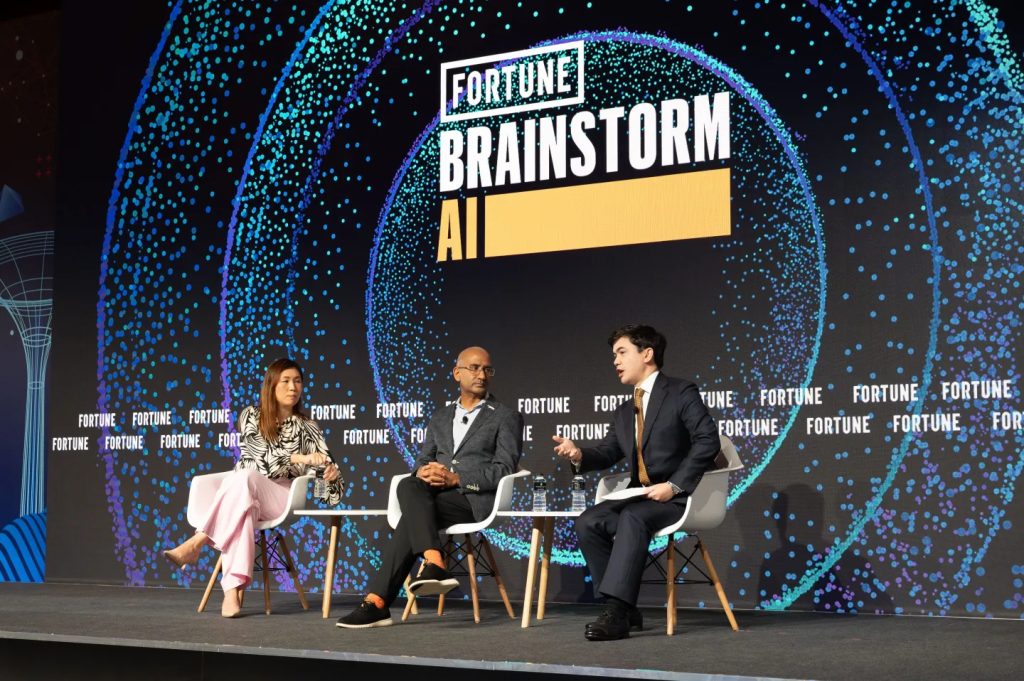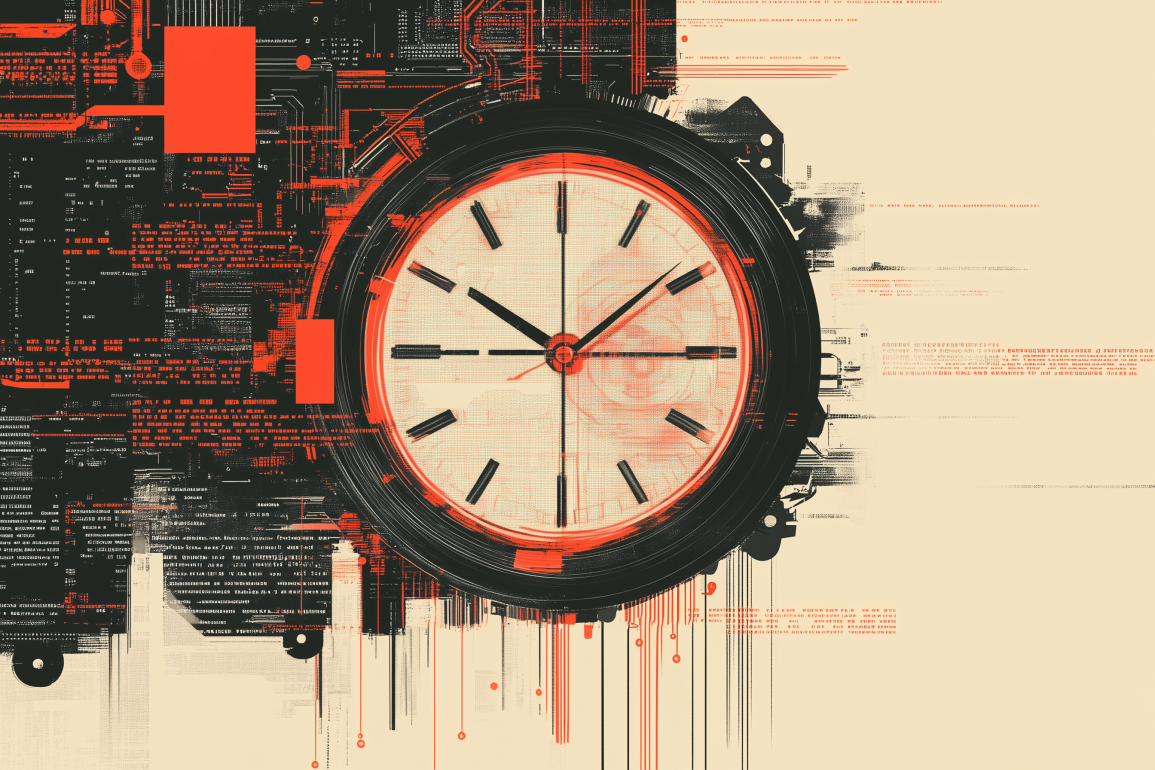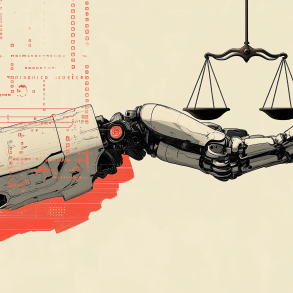Industry Analysts Are Torn on Whether AI Will Be a Real Tech Revolution
Optimists believe that AI could spark a new era of productivity, comparable to the widespread electrification of the late 19th and early 20th centuries. In 2023, Goldman Sachs researchers estimated that AI might increase the global economy by up to 7% by 2033.
However, not everyone agrees with this optimistic outlook. MIT economist Daron Acemoglu, in an April research paper, suggested that AI’s contribution to GDP might be more modest, at around 1.1% over the next decade. He noted that earlier technological advancements, such as the PC and the internet, offered limited productivity gains compared to previous “industrial revolutions.”
Despite these differing views, speakers at the Fortune Brainstorm AI event in Singapore last week expressed confidence that AI could eventually drive productivity improvements. “People are underestimating the long-term impact of AI at scale, and overestimating the short term,” said Panos Madamopoulus-Moraris, founding managing director of industry programs and partnerships at Stanford University’s Human-Centered AI Institute. He cautioned that companies might have unrealistic expectations about when they will see returns on their AI investments. Large corporations, he explained, will need time to fully integrate AI into their operations.


Anant Maheshwari, president and CEO for global high-growth regions at Honeywell, suggested that AI could revolutionize industries such as aviation. While he acknowledged that most people might hesitate to fly on a fully autonomous plane, he argued that AI could enhance the capabilities of human pilots, potentially reducing the number of crew required per flight and increasing overall flight capacity. “Today, it’s regulation two pilots in the aircraft to fly you. Will it get down to zero? Maybe not. But can it get down to one with the power of AI and therefore have a lot more aviation going? That’s possible,” Maheshwari said.
Conversely, Maheshwari also proposed that AI could assist countries facing labor surpluses by accelerating workforce training. Developing nations “need to train up a lot of people for these new industries,” he stated. “That’s again where you need AI to help that labor come up the learning curve very quickly.”
Some analysts fear that AI could lead to significant job losses as automation replaces white-collar positions. Goldman Sachs warned last year that AI could threaten 300 million full-time jobs. Companies are already citing AI as a factor in workforce reductions. In January, United Parcel Service laid off 12,000 managers, marking one of the largest layoffs in the company’s history. CEO Carol Tomé attributed these cuts in part to AI advancements, noting that salespeople no longer required pricing experts to prepare proposals.
Despite these concerns, Stanford’s Madamopoulus-Moraris remained optimistic that AI will not entirely replace human workers. He highlighted the concept of complementarity, where humans excel over AI in tasks requiring emotional intelligence, creative problem-solving, and contextual understanding. Additionally, he pointed out that many industries face a shortage of workers rather than an excess of inefficient human labor. “There was a lot of talk in the health care community about radiologists and how radiologists are going to be replaced. Well, guess what? The U.S. doesn’t have enough. There are two times the number of postings to people who are actually available to work as radiologists,” Madamopoulus-Moraris said.









